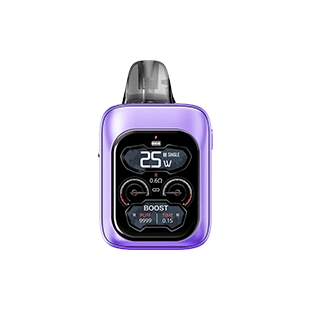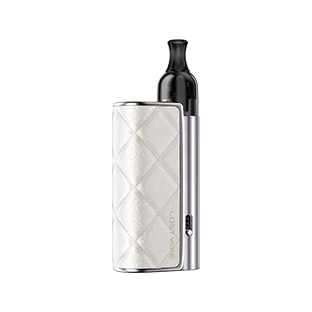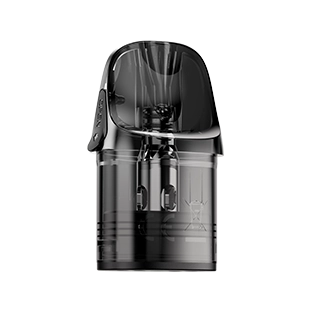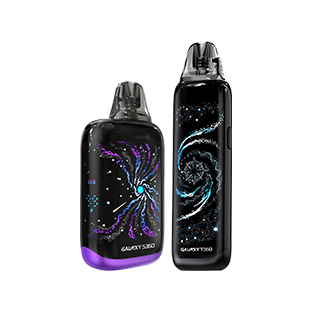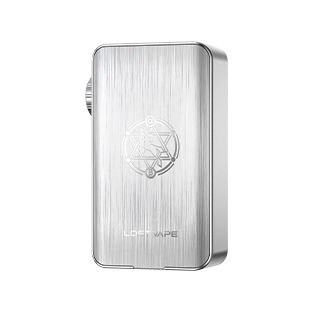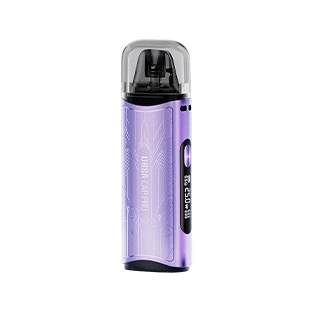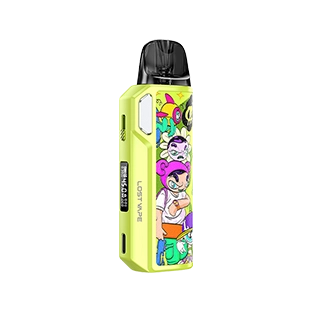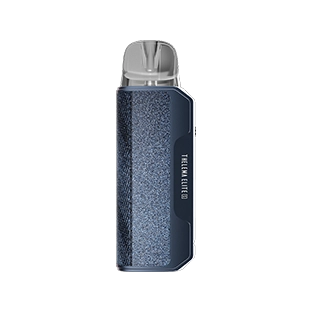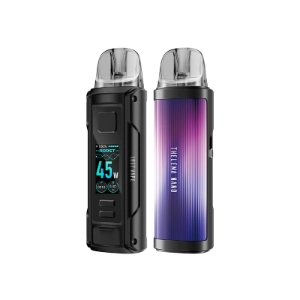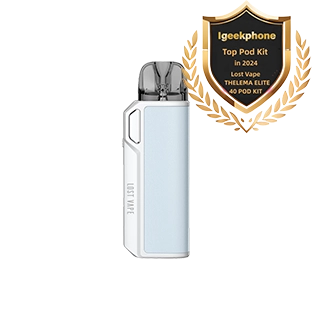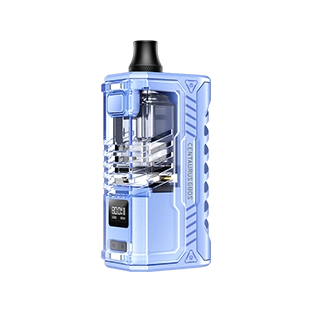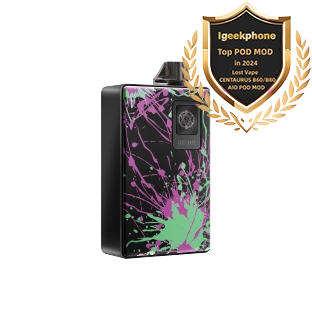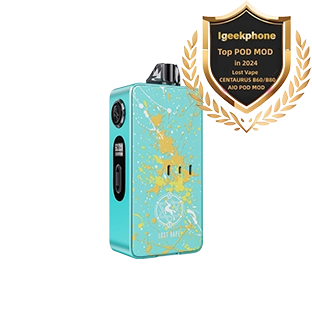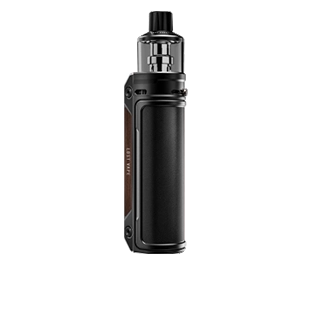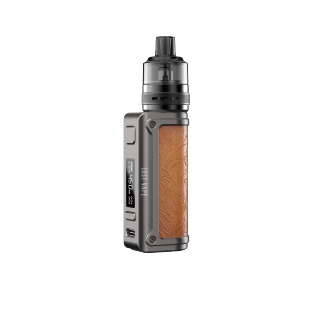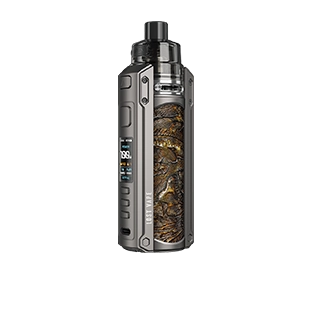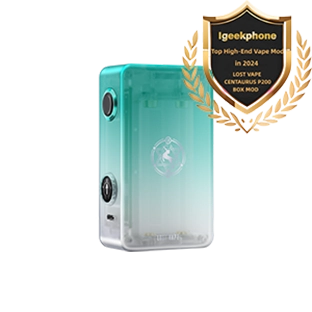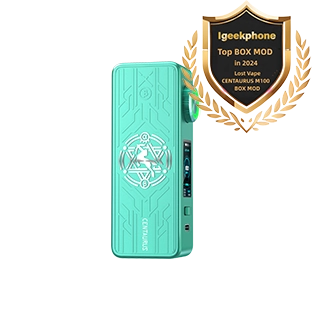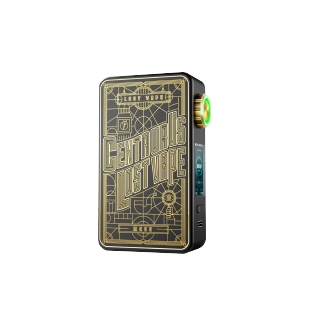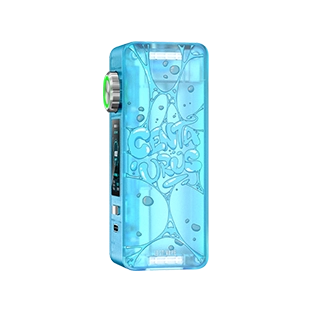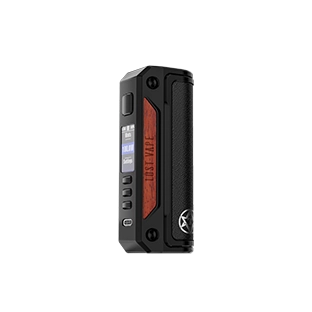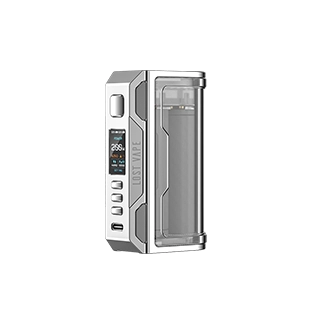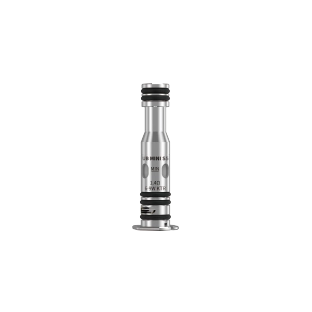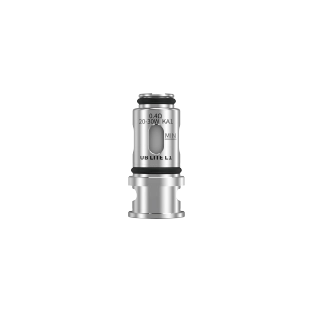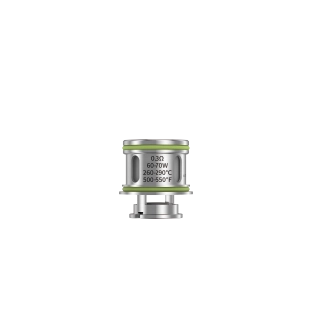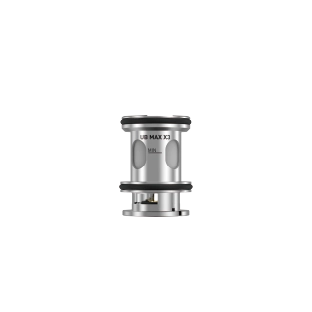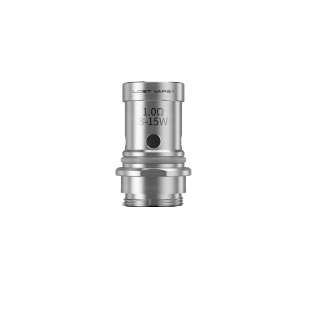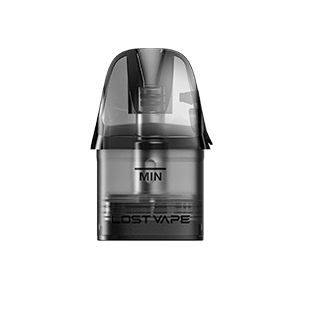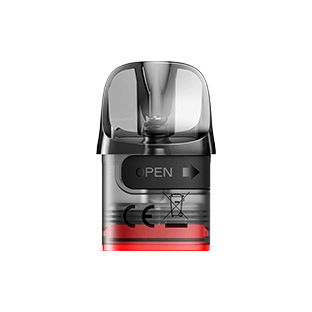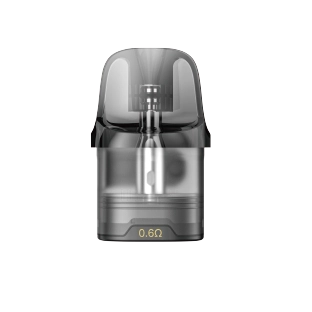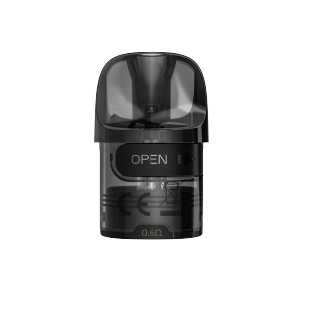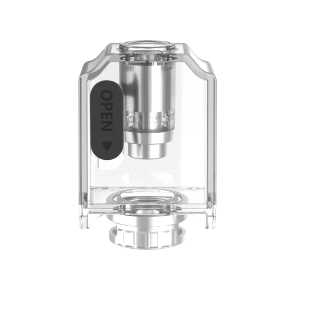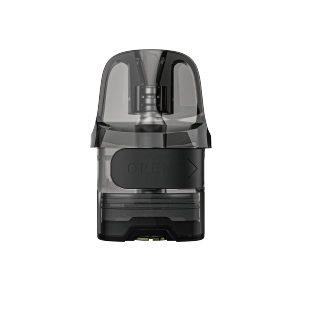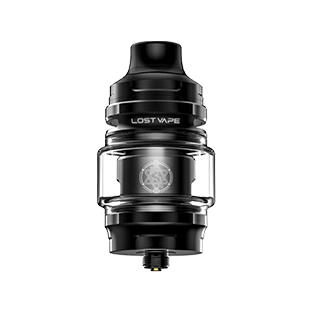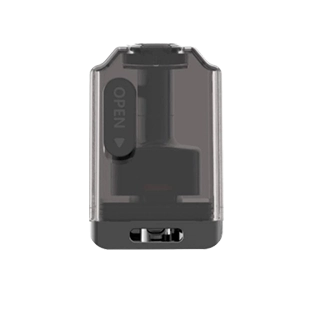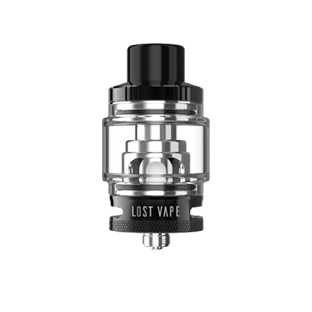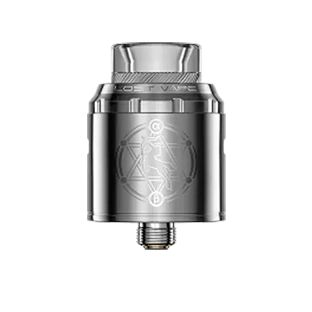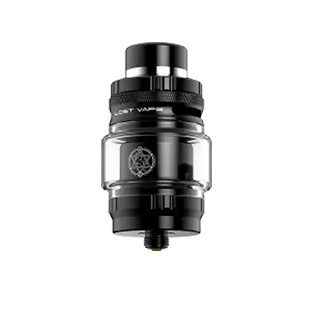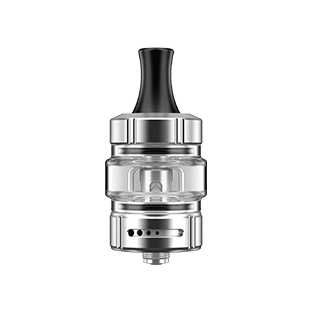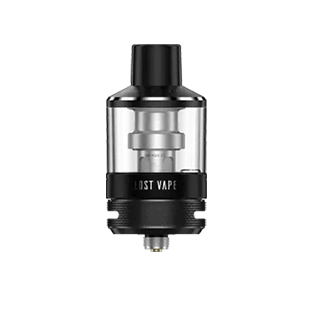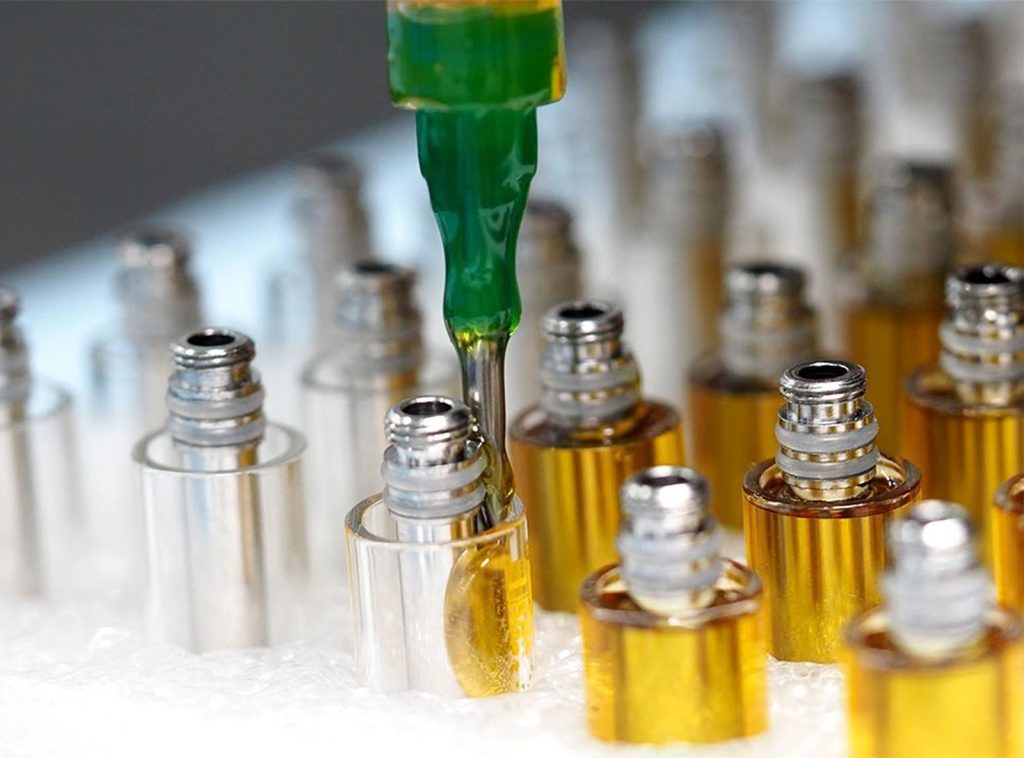
July 17, 2025 / Blog / By administrator
What Is the Ideal E‑Liquid Viscosity for Vape Cartridges?
According to recent laboratory measurements, the optimal E‑Liquid viscosity point is between 1.5 and 3.0 cP at 20°C, which balances wicking efficiency, leak prevention, and flavor delivery. E-liquids with a viscosity below 1.5 cP (e.g., 100% VG) can cause coil overflow and reduce the cartridge’s performance. E-liquids above 3.0 cP are difficult to wick, resulting in dry burns and coil burnout. The key factors that determine the optimal viscosity of the vape cartridge include chemical composition, device design, wicking behavior, and temperature effects. Different viscosities affect every puff, so I need to maintain a viscosity range of 1.5-3.0 cP to ensure compatibility with the e-cigarette cartridge.
Chemical Composition of Vape Cartridges
The base liquid of the vape cartridge is usually a mixture of PG and VG, which determines the viscosity of the e-liquid. PG has a viscosity of about 58 cP at 20°C, while VG has a viscosity of about 1,415 cP, so the viscosity of the final mixture is non-linear with the VG ratio. For example, a 70/30 PG/VG blend has a viscosity of approximately 2.5 cP, while a 100% VG solution approaches 1,300 cP at room temperature. Furthermore, the addition of 5-10% by weight of flavor concentrate can change the final e-liquid viscosity by 0.2-0.5 cP. During our experiments, we used a Brookfield viscometer to calculate viscosity at a shear rate of 10 s¹ to simulate the capillary action within the e-cigarette cartridge. Understanding these dynamics allows formulators to precisely target the optimal 1.5–3.0 cP window, ensuring continuous supply to the coil without leaks or dryness.
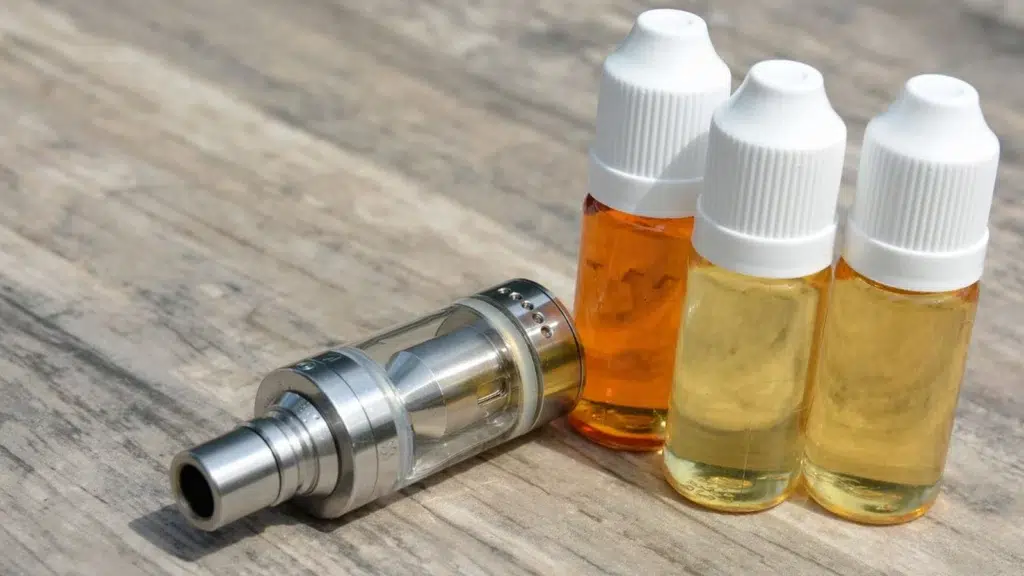
Vape Cartridge Design and Wicking Efficiency
Second, the mechanical design of the vape cartridge, including core material, coil geometry, and pore size, is closely related to the viscosity of the e-liquid. In addition to the PG/VG ratio, core materials such as cotton, silica, or ceramic each have unique capillary effects. Therefore, thinner e-liquids (1.5 cP) can easily wick through dense cotton fibers, while 3.0 cP e-liquids require larger wicking channels or hydrophilic surface treatments. For high-VG formulas, engineers design cartridges with 0.5 mm wick holes and 1.2 mm airflow channels to prevent overflow. Additionally, the mesh coil element can significantly enhance wicking across the entire viscosity range by evenly distributing the liquid over the heated surface. Additionally, matching the cartridge structure to the e-liquid rheology can optimize the user experience, extend coil life by more than 30%, and reduce the frequency of maintenance.
Performance under temperature changes
The ambient temperature has a significant impact on the viscosity of the e-liquid inside the vape cartridge. For example, for every 1 degree Celsius increase in temperature, the viscosity decreases by about 2%; therefore, a e-liquid viscosity measured at 20°C of 2.5 cP will drop to about 2.0 cP at 40°C. I performed viscosity analysis over a range of 10°C to 50°C to determine safe operating ranges for cold weather and hot regions. In addition, we recommend storing e-cigarette cartridges between 15°C and 30°C to maintain consistent wicking. Some advanced vape cartridges incorporate thermal regulating materials to buffer temperature fluctuations, ensuring that the e-liquid remains within the ideal viscosity range regardless of the climate. These considerations are critical for global distribution and reliable e-cigarette cartridge performance, especially during extreme seasons or in climate-controlled indoor environments.
Viscosity Measurement and Standardization
Accurate viscosity measurement is critical for quality control in vape cartridge production. First, we measure e-liquids at controlled shear rates using a rotational viscometer with cone-plate geometry, replicating the shear conditions within the cartridge. Then, the temperature is controlled at 20 ± 0.1 °C to ensure repeatability. At the same time, the ISO 3219 non-Newtonian fluid procedure is performed to account for shear-thinning behavior in high-VG blends, where viscosity decreases at higher shear rates. Additionally, we establish internal viscosity standards to enable formulators to match e-liquid grades to specific vape cartridges, thereby minimizing mismatches and improving overall reliability. Regular calibration against certified viscosity standards further ensures consistent production across multiple manufacturing sites.
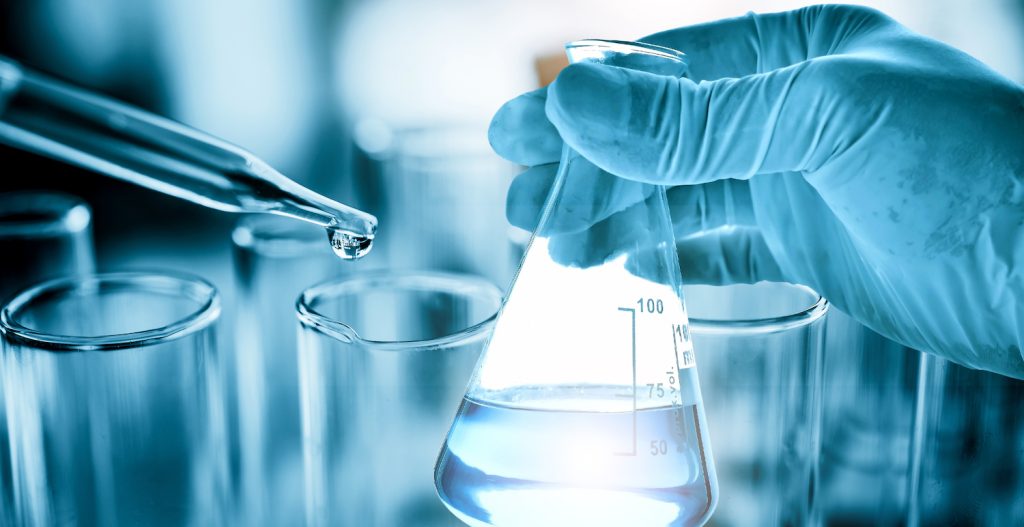
User Preferences and Sensory Outcomes
While technical specifications drive formulation, user experience ultimately determines the success of any vape cartridge. In one survey, vape users rated 2.0–2.5 cP blends as providing the most balanced throat hit and flavor intensity. As a result, formulations can be fine-tuned to this middle range. And in many reviews, mouthfeel, aerosol density, and flavor clarity are ranked across a viscosity gradient, ensuring that the product portfolio meets the preferences of both MTL and DTL users. In addition, nicotine salt formulations (commonly used in pod kit cartridges) perform best at 1.8–2.2 cP, providing a smooth throat hit at lower wattages without dry draws. By combining rheological properties with sensory feedback and usage patterns, brands can optimize user satisfaction and retention.
Ideal vape cartridge liquid viscosity
The ideal liquid viscosity for vape cartridges is between 1.5 and 3.0 cP at 20°C, which balances reliable wicking, leak prevention, flavor integrity, and device compatibility. I would recommend maintaining tight control of PG/VG ratios, precise viscosity measurement, and matching cartridge design to fluid rheology, while also accounting for temperature effects and user preferences.

